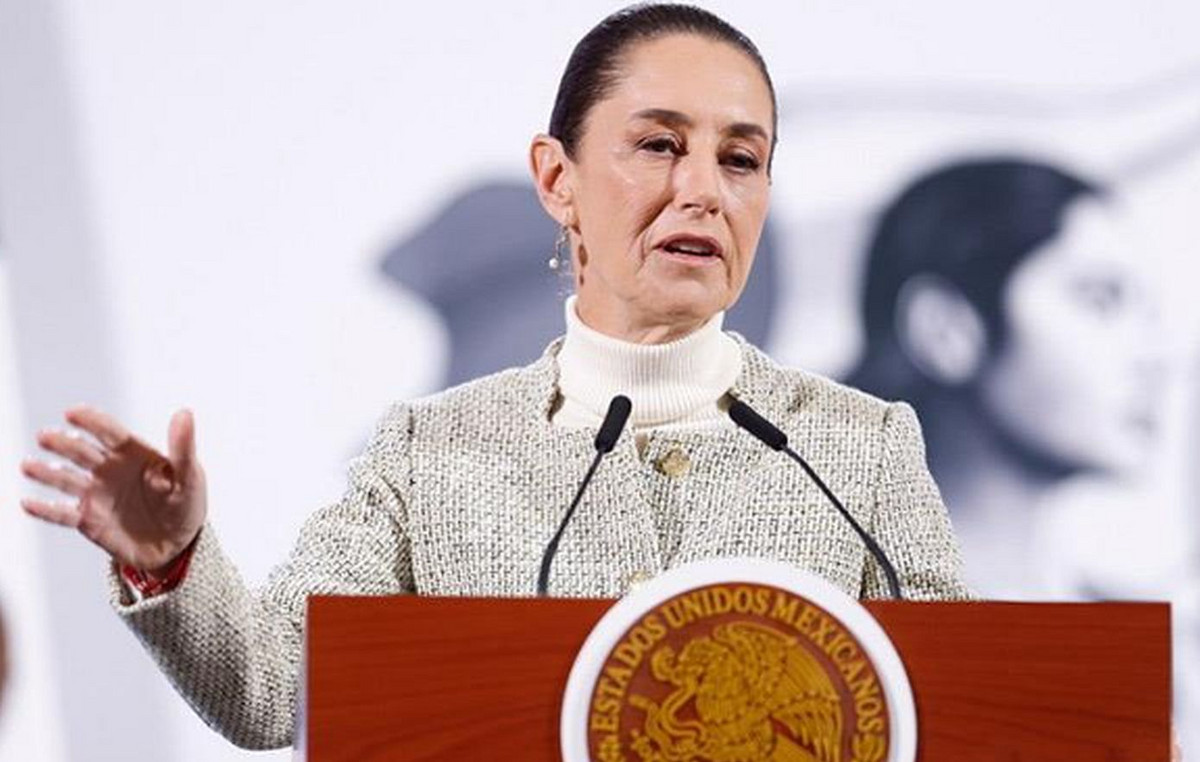He Gold price in euros reached Thursday a new historical maximum at 2,771.04 €.
Today Fridaythe Xau/EUR moves between a daily minimum of 2,748.65 and a maximum of the day of 2,764.72, standing very close to the record roof reached yesterday.
The price of gold in euros is currently quoting about 2,760.24, winning 0.39% daily.
The Xau/EUR closed Thursday at 2,749.46, losing 0.06% in the day despite previously touching a historical maximum.
From one year to this part, the price of gold in euros has earned 46.25%.
What factors have influenced the price of gold recently?
- The imposition of tariffs on Mexico, Canada and China by the US triggered a wave of risk that benefited gold, taking it to historical maximums, despite the fact that the US government later agreed with its Mexican and Canadian counterpart a one -month pause agreement in exchange for reinforcement at the borders to stop illegal immigration and drug trafficking.
- For now, The United States maintains 10% tariffs on China, which has hired imposing taxes from 10 to 15% to a series of products from the US Commercial war fears Between both powers they keep Gold upwards as a safe refuge value.
FAQS GOLD
Gold has played a fundamental role in the history of mankind, since it has been widely used as a deposit of value and a half of exchange. At present, apart from its brightness and use for jewelry, precious metal is considered an active refuge, which means that it is considered a good investment in turbulent times. Gold is also considered a coverage against inflation and depreciation of currencies, since it does not depend on any specific issuer or government.
Central banks are the greatest gold holders. In their objective of supporting their currencies in turbulent times, central banks tend to diversify their reserves and buy gold to improve the perception of strength of the economy and currency. High gold reserves can be a source of trust for the solvency of a country. Central banks added 1,136 tons of gold worth 70,000 million to their reservations in 2022, according to data from the World Gold Council. It is the largest annual purchase since there are records. The central banks of emerging economies such as China, India and Türkiye are rapidly increasing their gold reserves.
Gold has a reverse correlation with the US dollar and US Treasury bonds, which are the main reserve and shelter assets. When the dollar depreciates, the price of gold tends to rise, which allows investors and central banks to diversify their assets in turbulent times. Gold is also inversely correlated with risk assets. A rebound in the stock market tends to weaken the price of gold, while mass sales in higher risk markets tend to favor precious metal.
The price of gold can move due to a wide range of factors. Geopolitical instability or fear of a deep recession can cause the price of gold to rise rapidly due to its condition of active refuge. As an asset without yield, the price of gold tends to rise when interest rates lower, while the money increases to the yellow metal. Even so, most movements depend on how the US dollar (USD) behaves, since the asset is quoted in dollars (Xau/USD). A strong dollar tends to keep the price of gold controlled, while a weakest dollar probably thrusts gold prices.
Source: Fx Street
I am Joshua Winder, a senior-level journalist and editor at World Stock Market. I specialize in covering news related to the stock market and economic trends. With more than 8 years of experience in this field, I have become an expert in financial reporting.







